Alternative Energies
Howard Skidmore, P.E.
Energy Storage
Emerson
Wind
Desirée Grace
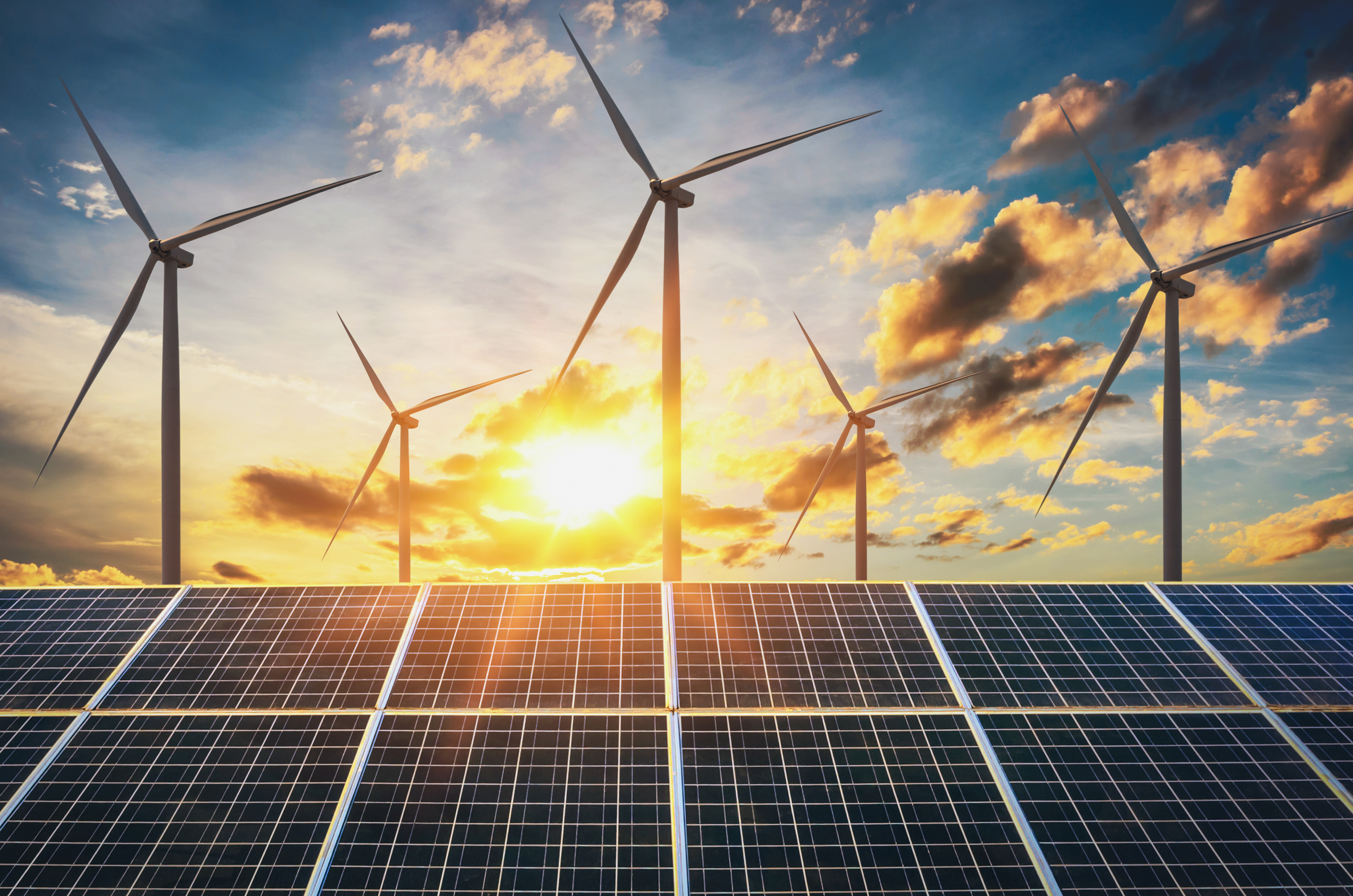
Berkeley Lab has just released a brief titled A Review of Value of Solar Studies In Theory and In Practice. This brief is a result of technical assistance conducted under the U.S. Department of Energy-funded Resources and Assistance for State Energy Offices and Regulators program. In the brief, Berkeley Lab researchers summarize a collection of state- and utility-commissioned value of solar (VoS) studies and related literature, with a focus on who commissioned the study, which value and cost categories were discussed and/or quantified, and the methods used.
Though most states in the United States required net metering as of 2024 (i.e., compensating solar output at the full electricity rate), many have taken recent action to address distributed generation compensation and valuation. One common action is for states to commission VoS studies that quantify the value and costs associated with distributed solar output to inform solar tariff and incentive design.
The objective of this work is to compile information on prior VoS studies to inform state regulators and other stakeholders that may pursue related studies or integrate findings into ratemaking design. To do so, we summarized two meta-analyses that reviewed state- and utility-funded VoS studies conducted between 2005 and 2018 as well as four additional studies published from 2018 through 2023. While the brief goes into further detail on methodology and other specifics, Table 1 illustrates the value categories that were included in each of the four more recent studies and whether they were quantified, qualitatively included, or omitted.
Table 1: Regions in which value of solar studies were conducted between 2018 and 2023 that are analyzed in this brief and whether each value and cost category were either quantified, discussed, or omitted

This brief is intended to contextualize and summarize the value and cost categories that have been included in past VoS studies and research as well as the methodology used to quantify these values. This can provide context to states that may want to do the same in order to understand or quantify the net benefits of solar or integrate findings into new or updated solar incentives or tariffs.
We thank the U.S. Department of Energy’s Office of Energy Efficiency and Renewable Energy for their support of this work.
Berkeley Lab | https://www.lbl.gov/
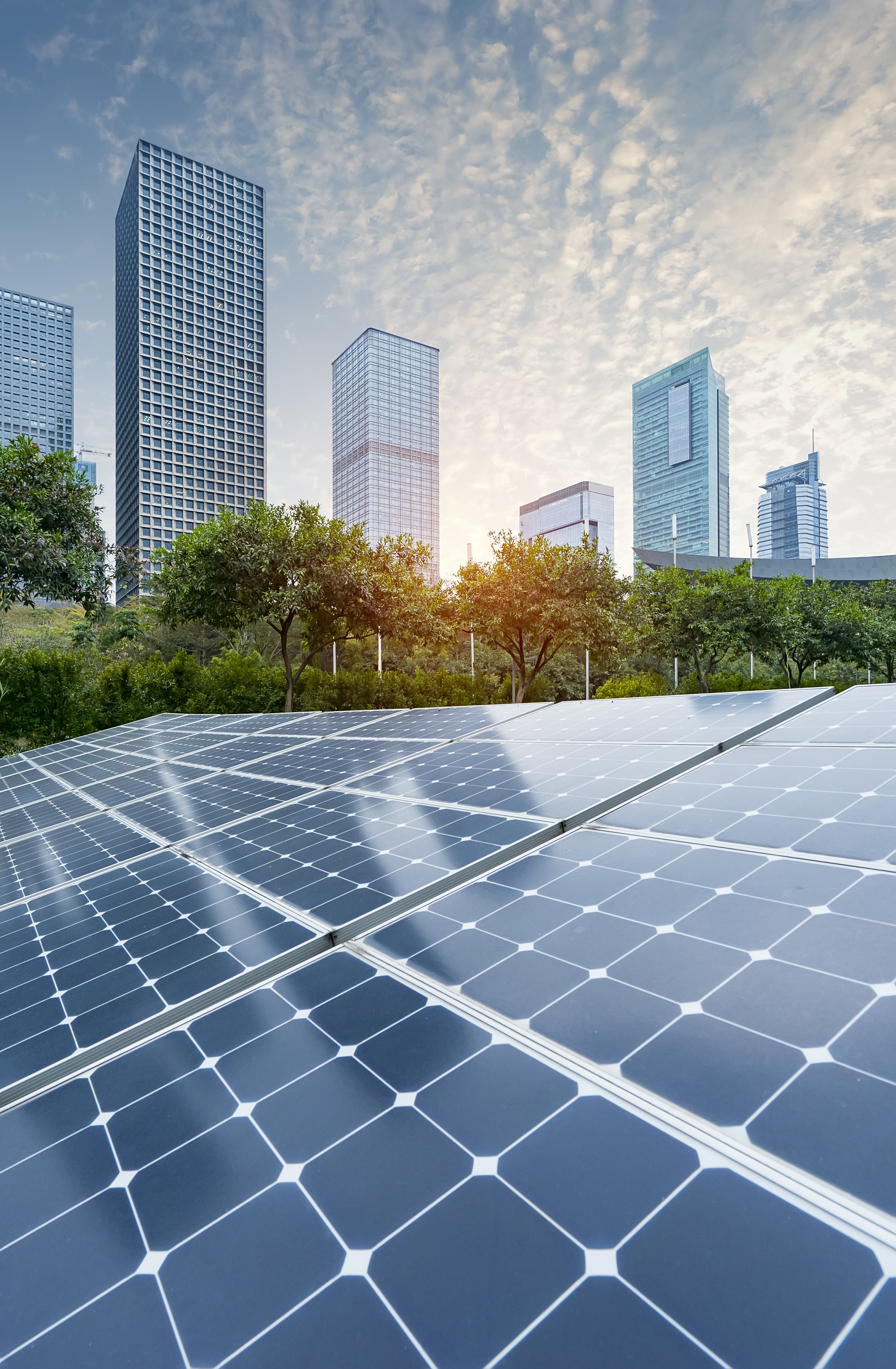
Vikram Solar, a leading Indian solar photo-voltaic (“PV”) module manufacturing company, has announced that it has secured a significant order to supply 1GW of solar modules. This milestone project underscores the company’s commitment to driving the renewable energy transition across India. Under this contract, Vikram Solar will supply its advanced Hypersol N-Type TOPCON Glass-to-Glass Modules (580Wp and above) to fulfill the order. The modules are specifically designed to deliver enhanced efficiency, making them ideal for large-scale solar installations.
The modules will be deployed in the states of Karnataka, Gujarat and Rajasthan in India as part of JSW Neo Energy Limited’s renewable energy initiative. Manufacturing of the modules will be undertaken at Vikram Solar’s state-of-the-art facilities in Falta (West Bengal) and Oragadam, (Chennai), ensuring high-quality production standards.
Mr. Gyanesh Chaudhary, Chairman & Managing Director, Vikram Solar shared, “We are ecstatic to be a part of this pivotal project. With this order win, we aim to demonstrate our technical expertise and leadership in module manufacturing, specifically with our advanced Hypersol N-Type TOPCON Glass-to-Glass Modules (580Wp and above). Engineered for enhanced efficiency, these modules are ideal for large-scale solar installations. The collaboration evidences our commitment to deliver innovative solutions and foster long-term partnerships in our vision to power the world with clean energy.”
This order highlights Vikram Solar’s strong market presence and the growing demand for its high-performance solar modules. With this project, the company continues to solidify its position as a trusted partner in India’s solar energy sector.
Vikram Solar | www.vikramsolar.com

The Electro-Mechanical Energy Storage Systems Market will witness 8% CAGR between 2024 and 2032, driven by innovative product launches from leading companies showcased at industry events. These systems, which include flywheels and advanced mechanical batteries, offer efficient energy storage solutions that enhance grid stability and support renewable energy integration. Recent events have highlighted technological breakthroughs, with companies unveiling new, high-performance systems that boast improved efficiency, scalability, and durability.
For instance, in May 2023, the Diehl Group announced its plan to participate in The Battery Show Europe 2023 to showcase a broad range of mechanical mechatronic systems and subsystems and electronics for battery packs. The company will highlight its latest innovations and solutions for electromobility and the battery industry, including electro-mechanical solutions for high-voltage storage systems and advanced subsystems for battery packs.
These innovations address key challenges in energy storage, such as response times and lifecycle costs. The visibility and networking opportunities provided by these events accelerate market adoption, as stakeholders are keen to leverage cutting-edge technologies for sustainable energy solutions. As energy demands rise and the push for greener technologies intensifies, the market for electro-mechanical energy storage systems is poised for substantial growth, fueled by ongoing advancements and strategic launches from industry leaders.
The overall electro-mechanical energy storage systems Industry is classified based on the technology, application, and region.
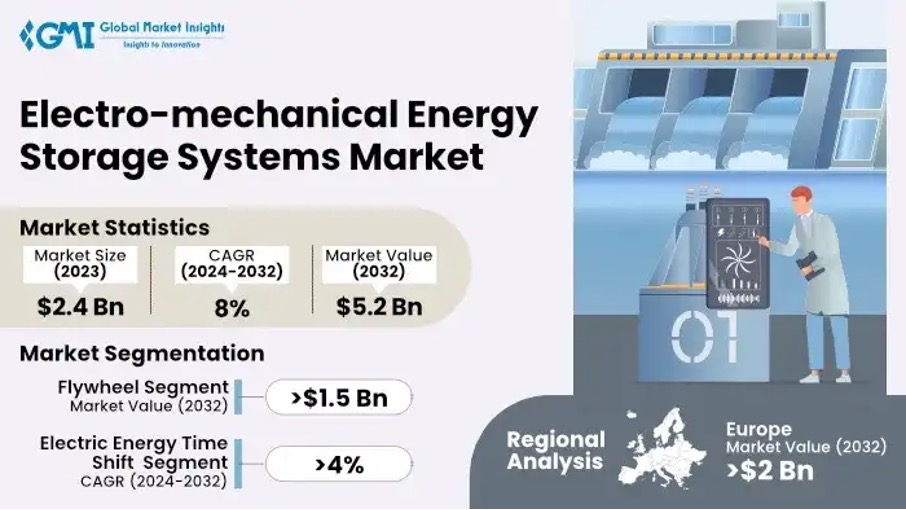
Based on technology, the electro-mechanical energy storage systems market revenue from the CAES segment will register a commendable CAGR from 2024 to 2032. CAES technology, which stores energy by compressing air in underground caverns or tanks, is gaining traction due to its ability to provide large-scale, reliable energy storage and support grid stability. Additionally, CAES offers benefits such as long discharge durations and cost-effectiveness. As the need for robust and scalable energy storage solutions increases, CAES is becoming a key player in the electro-mechanical energy storage market.
In terms of application, the electric supply capacity segment will witness an appreciable growth from 2024 to 2032. As global energy consumption rises and renewable energy sources become more prevalent, there is a critical need for efficient storage solutions to balance supply and demand. These systems help address fluctuations in power generation, particularly from intermittent renewable sources. As the push for increased electric supply capacity intensifies, the demand for innovative electro-mechanical energy storage solutions is set to grow.
North America electro-mechanical energy storage systems market will exhibit a notable CAGR from 2024 to 2032. North America's drive for grid modernization and the adoption of advanced energy storage solutions is increasing demand for electro-mechanical systems, such as flywheels and mechanical batteries. These systems are valued for their ability to provide reliable, high-performance energy storage that supports grid stability and energy efficiency. Additionally, incentives and regulatory frameworks promoting sustainable energy solutions are further fueling market growth. As North America invests in cleaner energy and advanced technologies, the demand for electro-mechanical energy storage systems continues to rise.
GMI Insights | https://www.gminsights.com

First Phosphate Corp. (CSE: PHOS) (OTCQB: FRSPF) (FSE: KD0) ("First Phosphate" or the "Company") is pleased to announce it has filed on SEDAR+ its Preliminary Economic Assessment ("PEA") Technical Report on the Bégin-Lamarche Phosphate Project (the "Property" or the "Project") located 75 km northwest of Saguenay, Quebec, Canada.
The PEA provides a potentially viable case for developing the Property by open pit mining for the primary production of a phosphate concentrate and secondary recovery of magnetite concentrate.
Highlights of the PEA (all dollar amounts are in Canadian dollars on a 100% project ownership basis unless otherwise indicated):
The PEA is considered by P&E Mining Consultants Inc. to meet the requirements as defined in Canadian National Instrument 43-101 Standards of Disclosure for Mineral Projects. This PEA is preliminary in nature and includes Inferred Mineral Resources that are considered too speculative geologically to have the economic considerations applied to them that would enable them to be classified as Mineral Reserves, and there is no certainty that the PEA will be realized. Mineral Resources are not Mineral Reserves and do not have demonstrated economic viability. There is no guarantee that First Phosphate will be successful in obtaining any or all of the requisite consents, permits or approvals, regulatory or otherwise, for the Project to be placed into production. The PEA has an effective date of December 4, 2024, and the Technical Report is dated January 17, 2025.
The detailed results of the PEA were previously reported in the Company's news release dated December 4, 2024, and there are no differences in the PEA Technical Report from those results.
The PEA Technical Report titled "Preliminary Economic Assessment of the Bégin-Lamarche Phosphate Property, Saguenay-Lac-Saint-Jean Region, Northern Quėbec" can be found on SEDAR+ (http://www.sedarplus.ca/) and the Company's website at www.FirstPhosphate.com.
The PEA was led by P&E Mining Consultants Inc. with contributions from BBA Inc.
Qualified Persons
The Qualified Persons responsible for the PEA Technical Report are as follows:
The scientific and technical disclosure in this news release has been reviewed and approved by Gilles Laverdière, P.Geo. Chief Geologist of First Phosphate and Eugene Puritch, P.Eng., FEC, CET, President of P&E Mining Consultants Inc., both Qualified Persons under National Instrument 43-101 - Standards of Disclosure of Mineral Projects ("NI 43-101"). Mr. Puritch is independent of First Phosphate.
Restricted Share Units ("RSUs")
The Company has also granted 70,000 RSUs of the Company ("RSUs") to an eligible consultants of the Company. The RSUs vest on February 28, 2025.
First Phosphate | www.firstphosphate.com

GE Vernova’s Onshore Wind business announced that it received orders in 2024 to repower over 1 gigawatt of wind turbines in the U.S. The projects will use nacelles and drive trains manufactured in the U.S. at GE Vernova’s Pensacola, Florida facility, where approximately 20 percent of the workforce are veterans, to support U.S. energy abundancy, affordability, and security.
“As the United States works to meet the doubling of projected demand for more energy, repower projects like these help U.S. workers in U.S. factories take advantage of what we already have, where we already have it. Employees in our Pensacola facility and at the locations of partners across the supply chain are working to help us get the most out of our valuable energy assets already in the ground,” said Matt Lynch, General Manager of Repower at GE Vernova.
The orders were booked between the first and fourth quarters of 2024. These repower projects are expected to reach their commercial operation date between 2024 and 2027. The technical benefits of repowering are clear: Repowering increases the size, output, and longevity of existing turbines to capture more reliable renewable energy for a longer period of time. On a repowered project, older units are replaced with new, higher capacity turbines.
Vinayak Tilak, GM, Wind Services Operations, GE Vernova, said, “A repower project enables us to rejuvenate a wind farm to produce more annual energy production, extend life, and improve project availability.”
GE Vernova's Onshore wind business has a total installed base of approximately 56,000 turbines and nearly 120 GW of installed capacity worldwide. Committed to its customers' success for more than two decades, its product portfolio offers the next-generation high-powered turbines at scale that drives decarbonization through high-quality, more affordable, and sustainable renewable energy.
GE Vernova I https://www.gevernova.com/
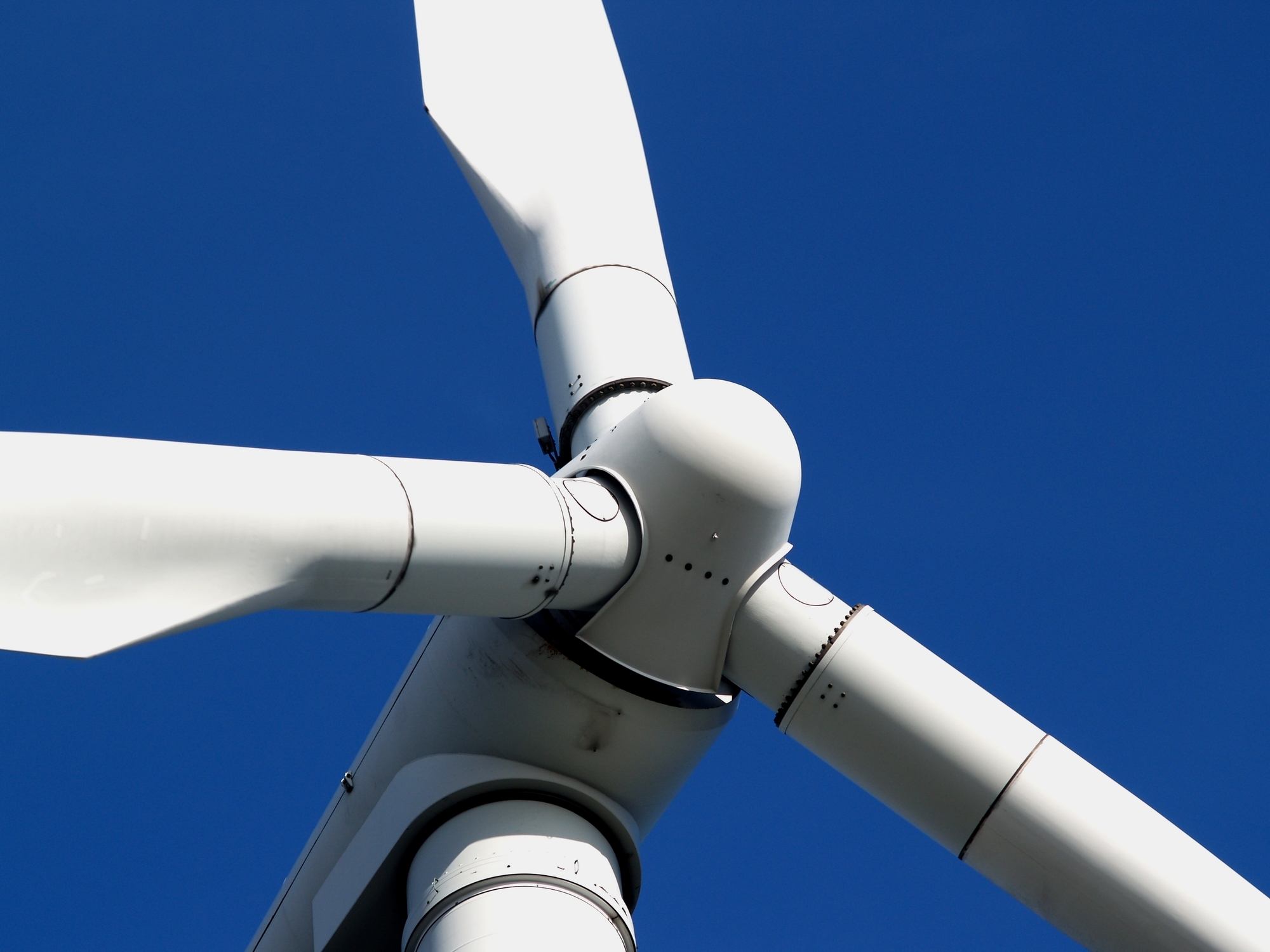
The Bureau of Ocean Energy Management (BOEM) announced its approval of the Construction and Operations Plan for the SouthCoast Wind Project. This is the final approval needed for the project from BOEM following the Department of the Interior’s December 2024 Record of Decision.
“We are proud to announce BOEM’s final approval of the SouthCoast Wind project, the nation’s eleventh commercial-scale offshore wind energy project, which will power more than 840,000 homes,” said BOEM Director Elizabeth Klein. "Under the Biden-Harris administration, we have made remarkable strides in advancing a clean energy economy, including approving more than 19 gigawatts of offshore wind energy. Our offshore wind energy projects are opening doors to meaningful economic opportunities by generating jobs, boosting economic growth, and fighting climate change."
Located about 26 nautical miles (nm) south of Martha’s Vineyard and 20 nm south of Nantucket, Massachusetts, the SouthCoast Wind Project will be able to generate up to 2.4 gigawatts of offshore wind energy for Massachusetts and Rhode Island.
The approved project includes the construction of up to 141 wind turbine generators and up to five offshore substation platforms located at a maximum of 143 positions, and up to eight offshore export cables located in up to two corridors, potentially making landfall in Brayton Point or Falmouth, Massachusetts. Compared to SouthCoast’s original proposed project, the selected alternative removes six wind turbine positions in the northeastern portion of the Lease Area to reduce potential impacts on foraging habitat and potential displacement of wildlife.
BOEM considered feedback from Tribal Nations, government agencies, ocean users, and other interested parties before reaching this decision. The feedback resulted in required measures to avoid, minimize, or mitigate any potential impacts from the project on marine life and other important ocean uses, such as fishing.
The Department has worked to meet the moment to grow a clean energy economy that is strengthening the nation’s power grid and creating good-paying jobs across construction, manufacturing, shipbuilding, and more. In addition to the approval of the nation's first 11 commercial-scale offshore wind projects, BOEM has held six offshore commercial wind lease auctions since 2022 – including a record-breaking sale in the New York Bight and the first-ever sales offshore the Pacific, Gulf of Mexico, and Gulf of Maine coasts. The Department has also taken steps to grow a sustainable offshore wind industry by encouraging the use of project labor agreements, strengthening workforce training, bolstering a domestic supply chain, and through enhanced engagement with Tribes, fisheries, underserved communities, and ocean users.
BOEM | https://www.boem.gov/
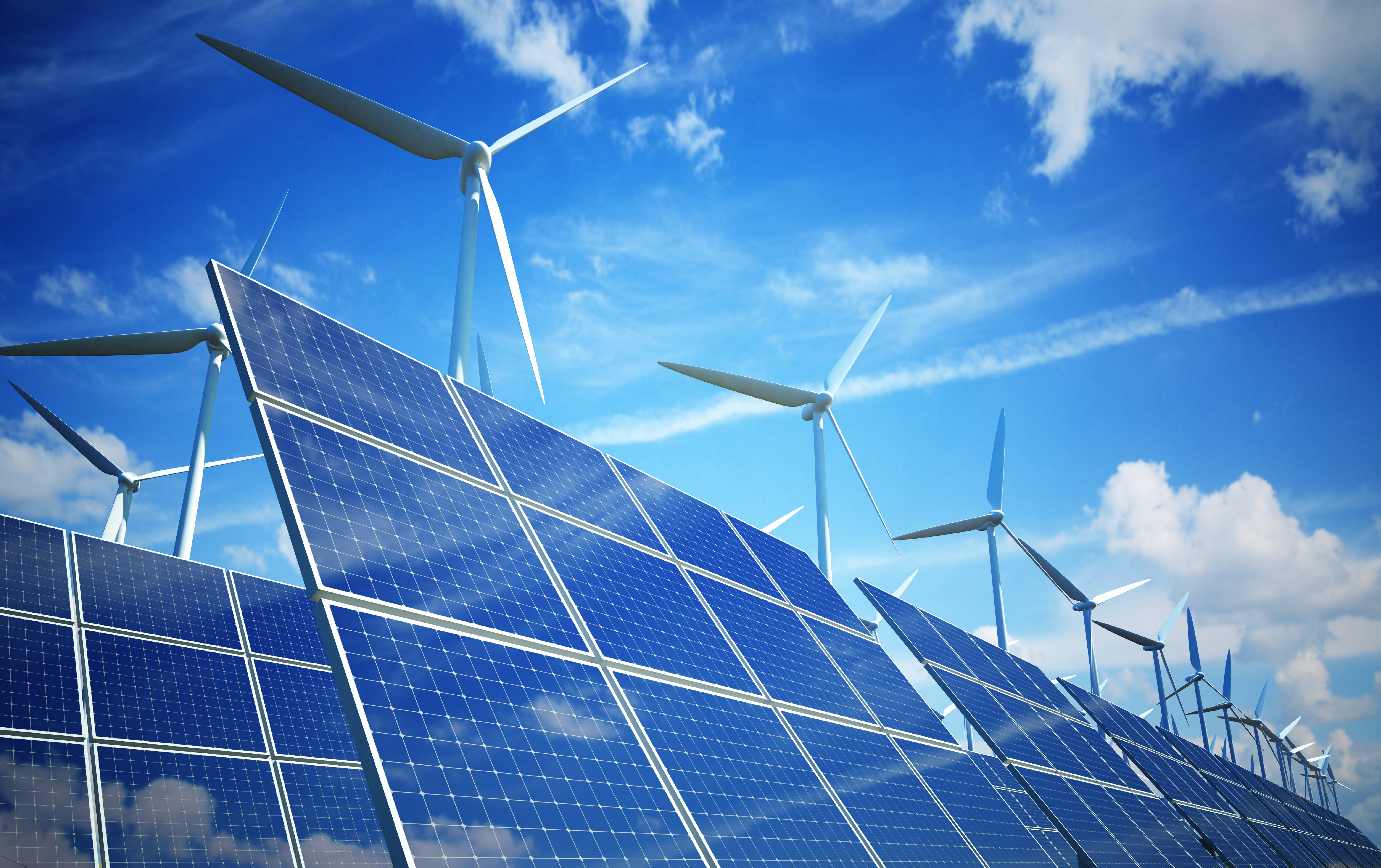
K2 Systems, the engineering leader for solar mounting system solutions, is excited to announce a new integration allowing solar installers to utilize K2 Quote directlywithin the Aurora platform. This collaboration empowers users to design their racking systems entirely within Aurora, generating a comprehensive Bill of Materials (BOM) without the need to switch applications.

By enabling permissions on the Aurora platform, K2 Systems allows users to access K2 Quote seamlessly through Design Mode. Aurora users can choose the best racking equipment and combine both racking and system details into a single, unified BOM, streamlining the entire design and ordering process.
Key benefits of the integration include:
"We are excited about this partnership and are committed to making the design-to-permit process more efficient for our customers by integrating Aurora’s leading design software with K2 Systems design tools," said Andy Neshat, CEO of K2 Systems. "This collaboration provides solar installers with a complete solution on a single platform, enhancing their overall design experience." The integration is now available for all Aurora customers.
Aurora | https://aurorasolar.com/
K2 Systems | www.k2-systems.com/en-us
Energy Storage Nov 28, 2025
2024 finally marked the return to a "normal" consumer auto market. After four years of turmoil, car buyers no longer face inventory shortages or long waits for their preferred vehicles. While many factors contributed to the auto market i....
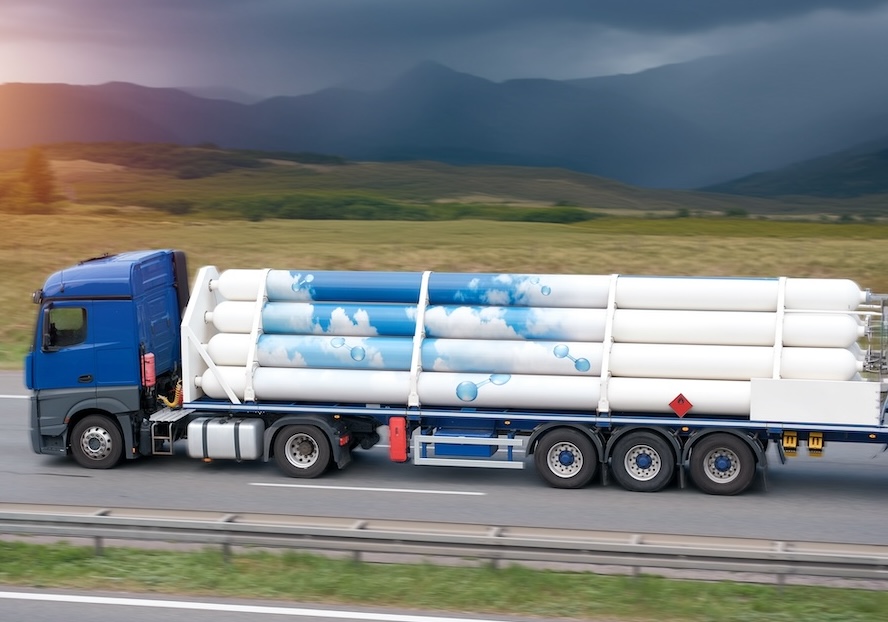


As clean energy adoption continues to grow, the logistics of retrofitting existing buildings for solar energy have become an important topic for homeowners looking to reduce their carbon footprint and capitalize on financial incentives. Retrofitting,....
When you spend most of your time talking to farmers and folks in rural America, the biggest thing you’ll learn is this: It is harder than ever to be a farmer. In a business with already razor thin margins, equipment and supplies have significantly ....
Around 20-30 percent of solar installations are impacted by main panel limitations. NEC’s 120% rule often necessitates expensive main panel upgrades, potentially costing $2,000 to $5,000 or more with labor, permitting, and additional electrical wor....
The diversity of applications requiring ....
Anybody out there have a crystal ball? A....
As electrification expands around the gl....
The move toward green, clean, sustainable energy will require a massive investment in research and development (R&D) to develop the innovations that will accelerate the modernization of North America’s electrical grids. Advancements in Battery ....
With the increase of electric vehicles on the road, there is growing demand for EV chargers. Drivers are left with a few different options: they can use a public charger, they can charge at work if they are lucky enough to have that option, or they c....
Imagine standing a basketball court’s length away from a battery energy storage system (BESS) facility. You’d likely hear the hum of machinery, similar to the sound of a vacuum cleaner or a dishwasher running in the background. While these noises....
As the global energy transition marches on, hydrogen remains a promising energy carrier for a decarbonized system. Demand for clean hydrogen is expected to increase two to four times by 2050, facilitating the shift to a carbon neutral grid and cleane....
For manufacturers looking to spearhead our sustainable energy future, electrolyzers represent an attractive — albeit elusive — solution to the need for efficient green energy production. Attractive because electrolyzers have been deemed by expert....
Constellation (Nasdaq: CEG) and Calpine Corp. announced they have entered into a definitive agreement under which Constellation will acquire Calpine in a cash and stock transaction valued at an equity purchase price of approximately $16.4 billion, co....